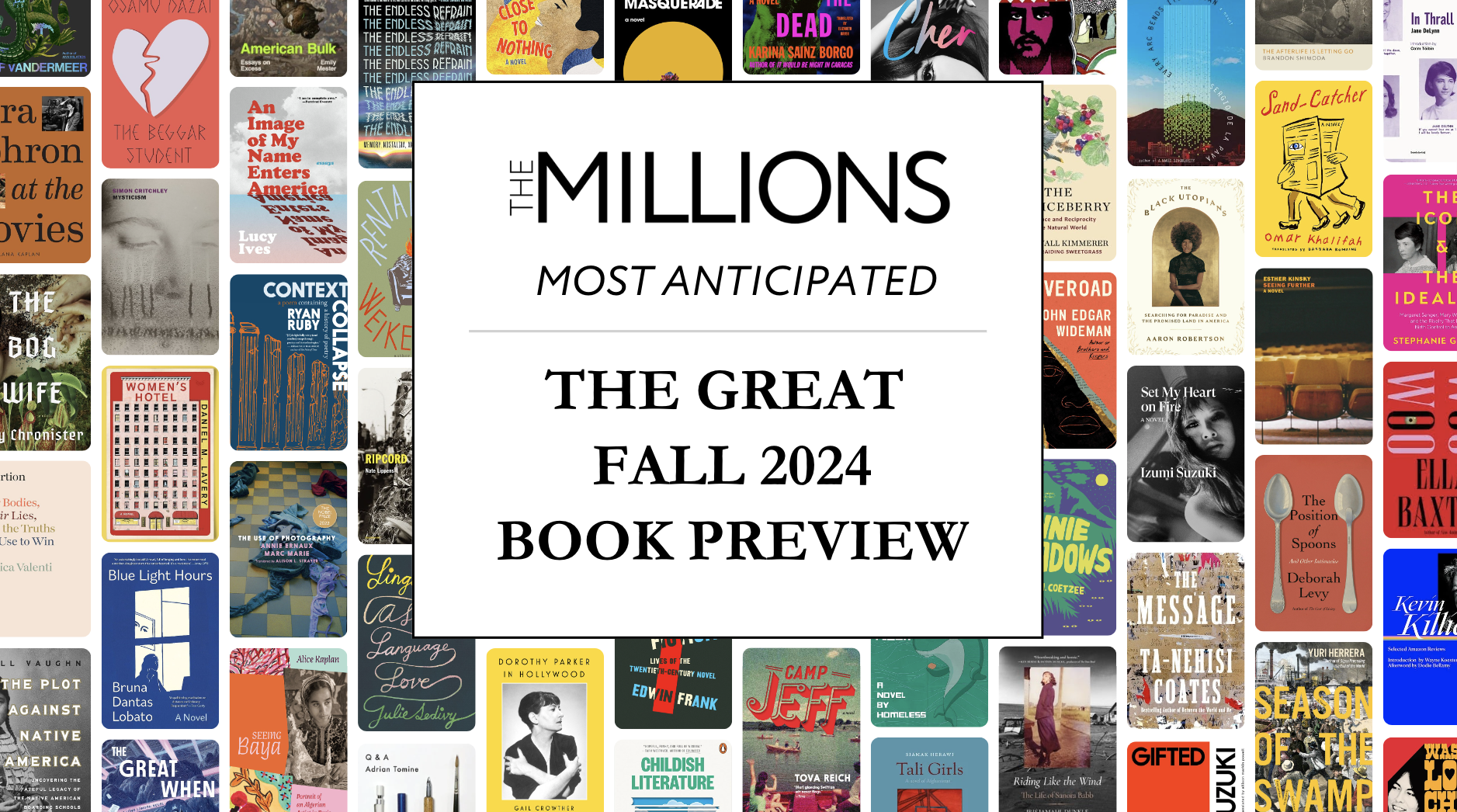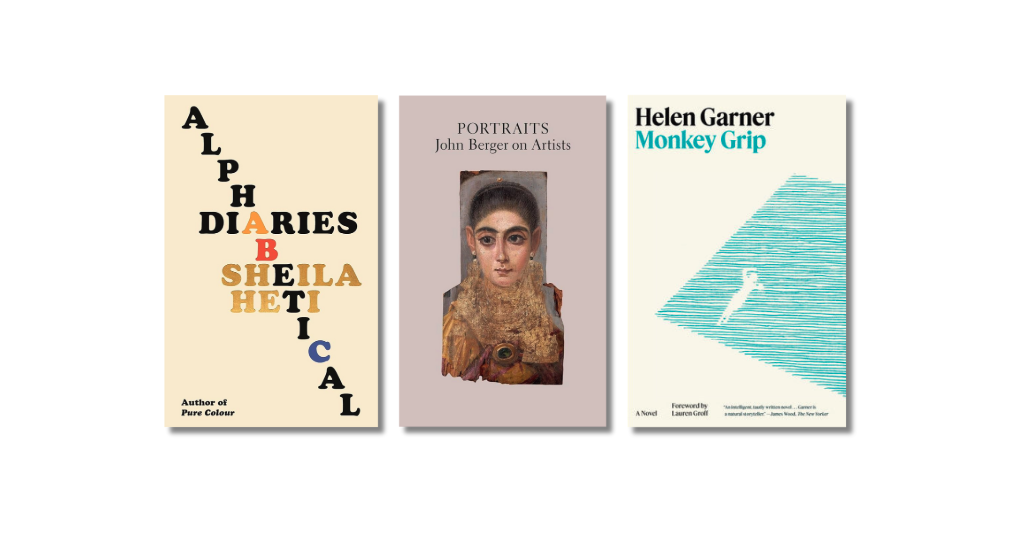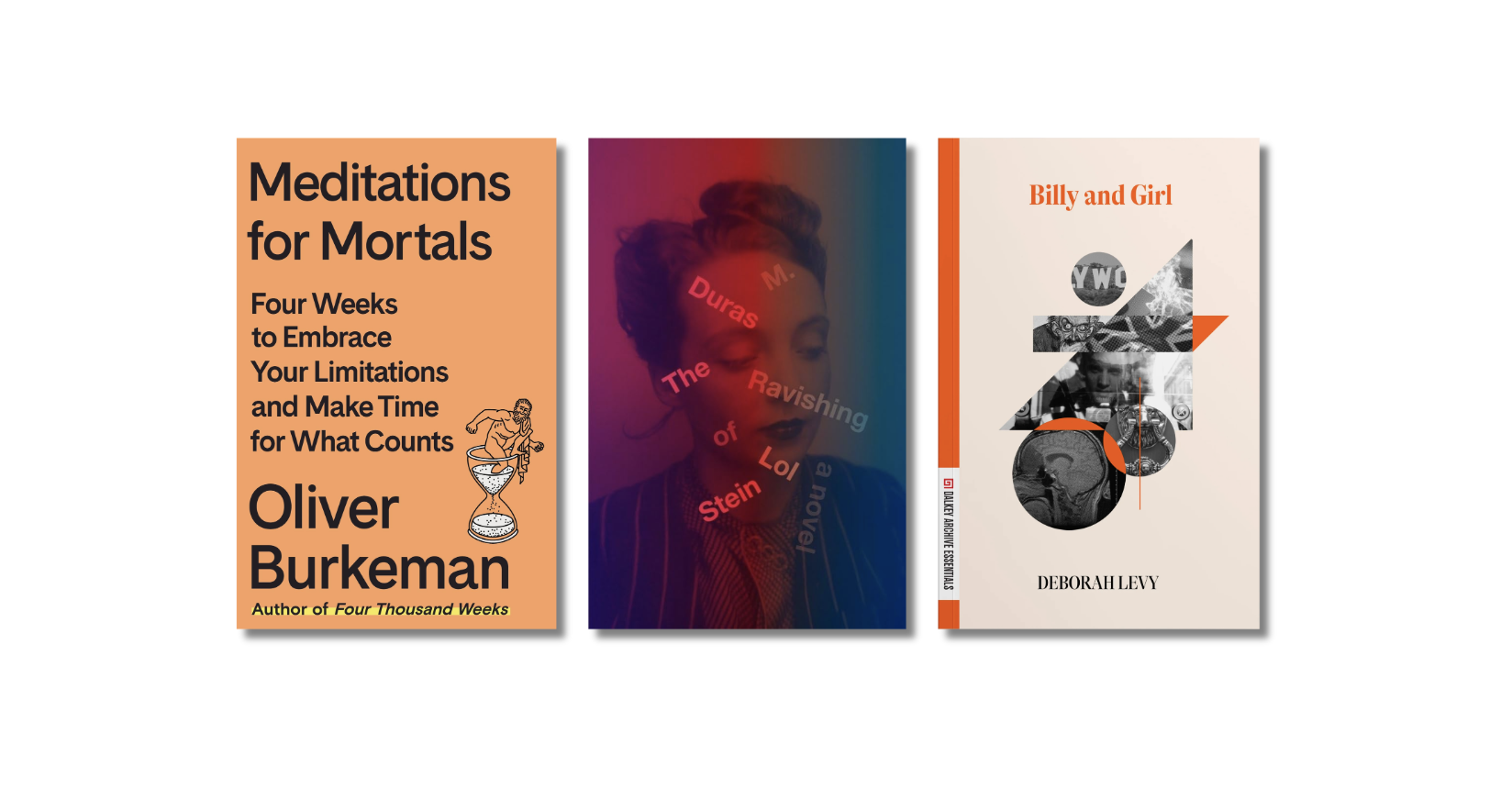To mark the end of National Poetry Month, Natalie Diaz spoke to Michael Martin at NPR about how her involvement with the Fort Mojave Language Recovery Program has influenced her work as a poet. “We have a word called cavanam (ph), which was lost for a long time, but one of my elders remembered it,” Diaz says. “And it’s a way that we heal and press and touch the body. And so that small, tiny word, cavanam – bringing it back into our lexicon and into our spoken conversations, it also led us toward touching one another differently. So I think that’s something that the language work has given me, is the understanding that poetry is physical, that language is physical, and it has a power of touch as we carry ourselves to one another.”
Natalie Diaz Seeks the Physical Power of Poetry










